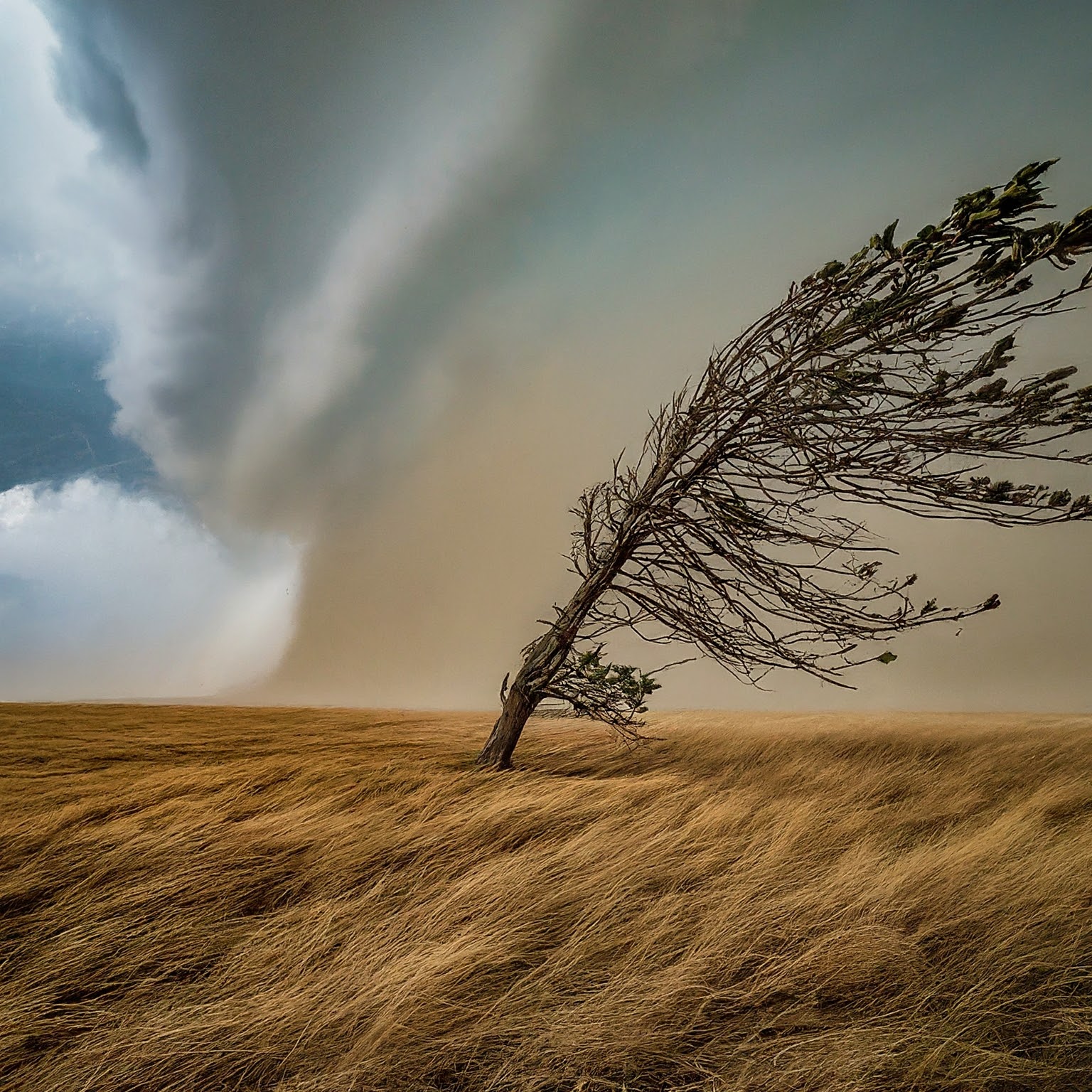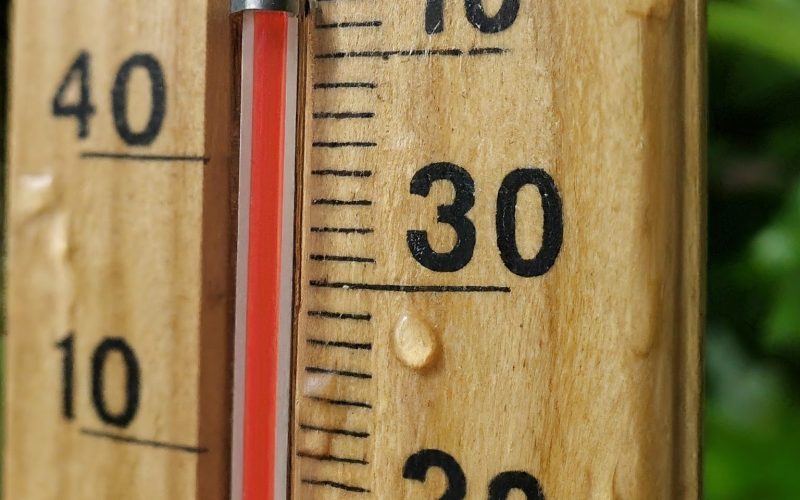Author Introduction
Hi everyone! I’m Sarah, a meteorologist with a passion for keeping people informed about weather patterns and weather emergencies. Today, we’re diving into two weather events causing trouble across the nation: powerful winds in Kansas and extreme heat in Houston.
Headings:
- Kansas Under Wind Advisory
- Understanding High Wind Dangers
- Houston Sizzles Under Heat Wave
- Heatstroke and Heat Exhaustion: Know the Signs
- Staying Safe During Extreme Weather Events
- Conclusion: Weather Preparedness is Key
Informative Table:
| City | Weather Threat | Precautions |
|---|---|---|
| Kansas | High winds (gusts up to 70 mph) | Secure outdoor furniture, bring in loose objects, stay indoors if possible |
| Houston, Texas | Heatwave (temperatures exceeding 105°F) | Stay hydrated, avoid strenuous activity outdoors, wear loose, light-colored clothing |
Kansas braces itself for a day of strong winds as a powerful storm system sweeps across the Great Plains. The National Weather Service (NWS) has issued a wind advisory for much of the state, with gusts reaching up to 70 miles per hour. These winds can cause property damage, down trees and power lines, and create hazardous driving conditions.

Understanding High Wind Dangers:
It’s crucial to take precautions during high wind events. Here are some essential safety tips:
- Secure outdoor furniture, grills, and decorations to prevent them from becoming projectiles.
- Bring in any loose objects from your yard, such as toys or gardening tools.
- If you see downed power lines, stay away from them and report them to the authorities immediately.
- Be aware of the potential for power outages and have a plan in place, including a battery-powered radio and emergency supplies.
Meanwhile, down south in Houston, residents are sweltering under a scorching heatwave. Temperatures are expected to soar above 105°F for several days, posing a significant health risk.
Heatstroke and Heat Exhaustion: Know the Signs:
Extreme heat can lead to heatstroke and heat exhaustion, both serious medical conditions. Here’s how to identify the signs:
- Heatstroke: High body temperature (above 103°F), confusion, disorientation, seizures, loss of consciousness.
- Heat exhaustion: Heavy sweating, weakness, dizziness, nausea, headache.
Staying Safe During Extreme Weather Events:
If you live in an area affected by these weather emergencies, here are some tips to stay safe:
- Stay hydrated by drinking plenty of water, even if you don’t feel thirsty.
- Avoid strenuous activity outdoors, especially during the hottest part of the day.
- Wear loose, light-colored clothing that allows your skin to breathe.
- Schedule outdoor activities for the cooler morning or evening hours.
- Check on elderly neighbors and vulnerable individuals who may need assistance during extreme weather events.
Conclusion: Weather Preparedness is Key
Being prepared for extreme weather events is crucial for ensuring your safety and well-being. Stay informed about weather forecasts in your area and take necessary precautions. By following these tips and staying alert, you can navigate these weather challenges and stay safe.
Remember: Don’t hesitate to reach out to local authorities or emergency services if you require assistance during these weather emergencies









